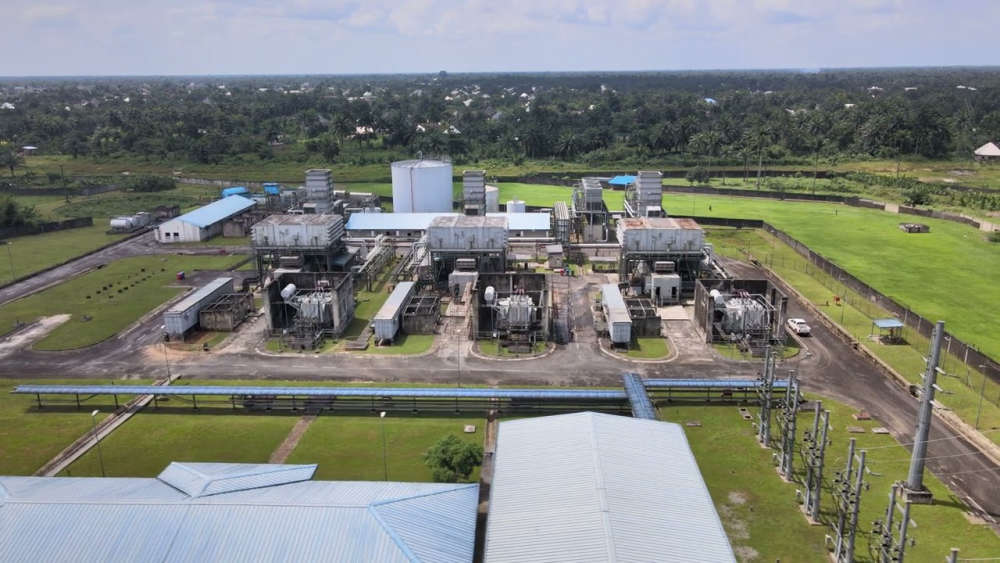
The Nigerian government has approved implementation frameworks for a ₦4 trillion government‑backed bond to settle verified arrears owed to power generation companies (GenCos) and gas suppliers, clearing a long‑standing bottleneck hindering electricity sector investments.
In a statement from Abuja, the Special Adviser to the President on Energy, Olu Verheijen, said the agreement to issue the bond emerged after meetings between federal officials and GenCo executives to negotiate settlement modalities.
The meeting was attended by key figures, including the Ministers of Finance, Wale Edun, and Power, Bayo Adelabu.
“This intervention - the largest in over a decade - addresses a legacy debt overhang that has constrained investment, weakened utility balance sheets, and hindered reliable power delivery across the country,” the statement read.
Debt Buildup
The ₦4 trillion figure reflects the accumulation of unpaid invoices dating back to 2015, combined with recent subsidy shortfalls.
Of that amount, only portions have been validated. GenCos themselves reported that as of mid‑2025, the sector’s total liabilities had ballooned to about ₦5.2 trillion, including:
-
₦2 trillion in legacy debts (2015‑2024)
-
₦2 trillion in 2024 subsidy and pricing shortfalls
-
₦1.2 trillion new accruals in the first half of 2025 alone
In addition, the first half of 2025 saw the government’s debt to GenCos hit ₦1.2 trillion, pushing total arrears beyond ₦5 trillion.
A major driver has been weak revenue remittances from the power value chain.
GenCos have claimed that their monthly invoices average ₦250 billion. Yet, the federal budget only earmarked ₦900 billion for the sector in 2025.
There are also structural weaknesses: many of GenCos’ invoices go unpaid or underpaid, while payments to intermediaries (like gas suppliers) are delayed.
Grid inefficiencies, transmission losses, and underutilised capacity further amplify the strain on revenues.
Even where capacity exists, a portion remains “stranded,” a reference to generated power lost due to bottlenecks in transmission or distribution.
The Association of Power Generating Companies (APGC) figures show that Nigeria loses significant value each year because plants can’t deliver output fully to consumers.
As of recent reporting, sector debt had escalated to ₦5.6 trillion when accounting for those losses.
This mismatch between potential generation and actual delivery means GenCos’ cash flows are further squeezed, making it harder for them to service operational costs or repay debts.
Bond to the Rescue
The bond scheme is intended to convert cash liabilities into a long‑term instrument, giving the government breathing room to settle debts while preserving fiscal space.
The plan has been endorsed by President Tinubu and approved at the Federal Executive Council.
Officials emphasize the bond must be tied to verifiable debts and that final settlement agreements will balance fiscal constraints against GenCos’ viability.
Bilateral negotiations are expected to define interest rates, maturities, and payment schedules.
Beyond debt relief, the broader reform agenda includes:
-
Modernising the grid and improving distribution
-
Scaling embedded (small/local) generation
-
Closing metering gaps
-
Aligning tariffs with efficient cost structures
-
Targeted subsidy frameworks to shield the vulnerable
-
Restoring regulatory trust to help attract private investment
If implemented properly and matched with structural reforms, the bond initiative could help stabilize the electricity sector’s finances, restore investor confidence, and improve reliability for consumers.
However, much hinges on the accuracy of debt validation, the transparency of negotiations, and the government’s ability to institute lasting reforms beyond mere pay‑outs.


